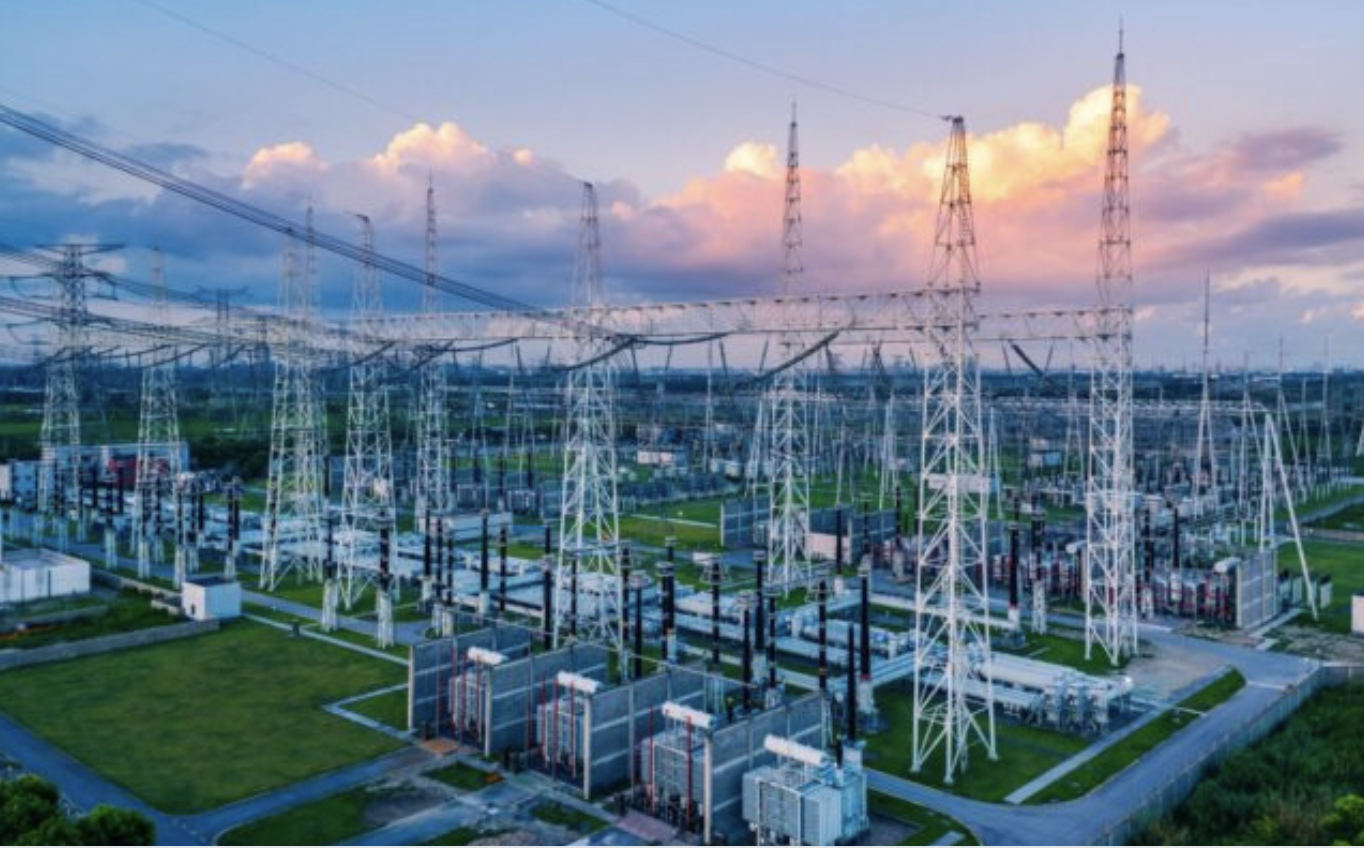
Insights
The UK’s capacity crunch: why utilities should be front and centre of a housebuilder’s strategy, never an afterthought
8th Apr 2024
Housebuilders are facing challenge upon challenge – soaring building costs, delays to the supply chain, labour shortages, varying changes to planning policies and viability concerns. Until lately, little has been written about connectivity and the delays linked to utilities.
Last week The Guardian reported that the construction of thousands of homes are on hold with delays of up to four years due to insufficient capacity in the surrounding electrical infrastructure. That doesn’t include those that are hoping to build renewable energy infrastructure, who will face longer delays. While ministers have asked the NIC to investigate, some councils such as that of South Cambridgeshire have declared ‘an absolute crisis’.
Those developers that didn’t plan their detailed utilities structure from day one are already behind and that’s without unforeseen delays. It’s not necessarily the developers’ fault – little is required in detail from day one when it comes to planning submissions. It’s more of a tickbox exercise in the pre-assessment stages and once done, there is little to no guidance or checking that the utilities strategy and detailed design is in place.
All too often our utilities consulting team is called in to help sort a problem that has emerged when the problem could have been avoided with a detailed utilities masterplan from that very first vision meeting. We can help the problem of course, but it would be better not to have it in the first place.
With targets of 300,000 new homes, and a push towards net zero emissions, housebuilders rightly seek to put in place renewable energy sources and sustainable infrastructure. But most of these still need to be connected to the National Grid. Sustainability needs electricity. And therein lies the problem.
Due to this big shift and the extra strain it has put on the Electrical infrastructure network, we are now seeing significant reinforcement requirements needed to meet these expectations. This, however, is not a quick and simple task, with some reinforcement works taking years to be complete.
It is now more important than ever for Developers and Local Authorities to understand as early as possible how much electrical load they require for their sites and understand the implications of where/when they will be able to obtain it. That way, strategies can be considered including minimising load requirements, the use of renewable energy, working in a phase-by-phase basis or even the use microgrids which are proven to have helped developments tackle these issues with a combination of renewable energy and a lower load required from the grid.
All of this though is simply to help keep these projects moving towards completion and not be waiting years for large reinforcement works in the meantime. That’s why we have a specialist utilities consulting team – to be brought in from day one to avoid costly delays further down the line.
Much bigger thinking is required at each of these stages to support longer term operations from Developers to Local Authorities to the District Network Operators and, of course, Central Government and the overall Planning process. As a team we have been giving much thought to what could and should be required. More on that next time.
In the meantime, it’s beyond time utilities were brought to the very forefront of development strategy – for all stakeholders.
Related news
Rapleys’ experts react to the Chancellor’s 2025 budget
Daniel Cook, Partner and Head of Automotive, Roadside and Future Fuels at Rapleys, said: “The tax on EVs is clearly there to make up for the fall in fuel duty as drivers move away from petrol/diesel cars.









